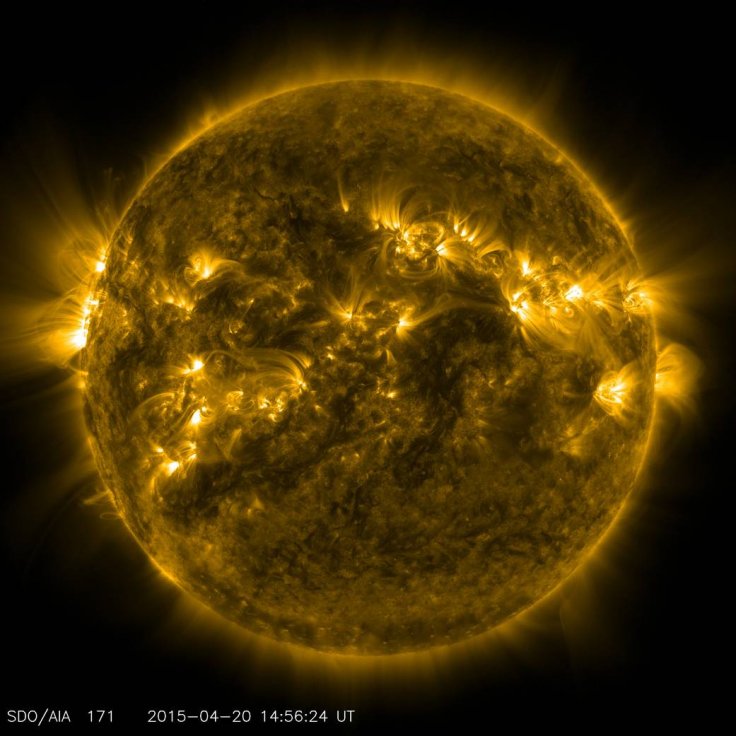A stream of solar winds is expected to hit Earth this week during the first day of spring. The approaching space weather is expected to create a beautiful light show in the affected regions due to cracks on the Earth's magnetosphere.
On March 19, an equinox will occur and mark the first day of spring. During this cosmic event, the Earth will appear before the Sun with a tilted axis, allowing the giant star's rays to hit the planet at a perfectly perpendicular angle.
Solar Wind Forecast

Aside from the Sun's rays hitting at a unique angle, Earth will also get bombarded by minor streams of solar wind from the giant star on the first day of spring. According to forecasting site SpaceWeather.com, the approaching solar winds came from a hole that recently opened on the Sun's surface. Fortunately, the site noted that the incoming solar winds are only minor, which means they most likely won't cause electrical disruptions on Earth. But, they are expected to create beautiful auroras in the sky.
"A minor stream of solar wind is due to hit Earth's magnetic field on March 19th, possibly causing auroras around the Arctic Circle," the site stated. "The gaseous material is flowing from a newly-opened hole in the sun's atmosphere."
Cracks In The Magnetosphere

The auroras that will be created by the solar winds this week might appear more prominent due to the cracks appearing on Earth's magnetosphere. Although it sounds terrifying, cracks forming in the magnetosphere happen naturally due to a seasonal phenomenon. According to SpaceWeather.com, this phenomenon usually occurs during the weeks leading up to the equinox. The phenomenon is known as the Russell-McPherron effect, which was named after the astrophysicist who first published a study about it in 1973.
"During weeks around equinoxes, cracks form in our planet's magnetosphere," the site stated. "Solar wind slips through the gaps, igniting auroras. This seasonal phenomenon is called the 'Russell-McPherron effect' after the space physicists who first described it. Around the beginning of spring, the interplanetary magnetic field (IMF) can link up with Earth's own magnetic field, prying open cracks."









